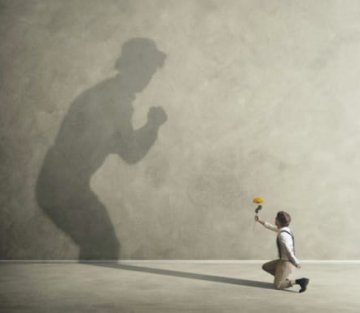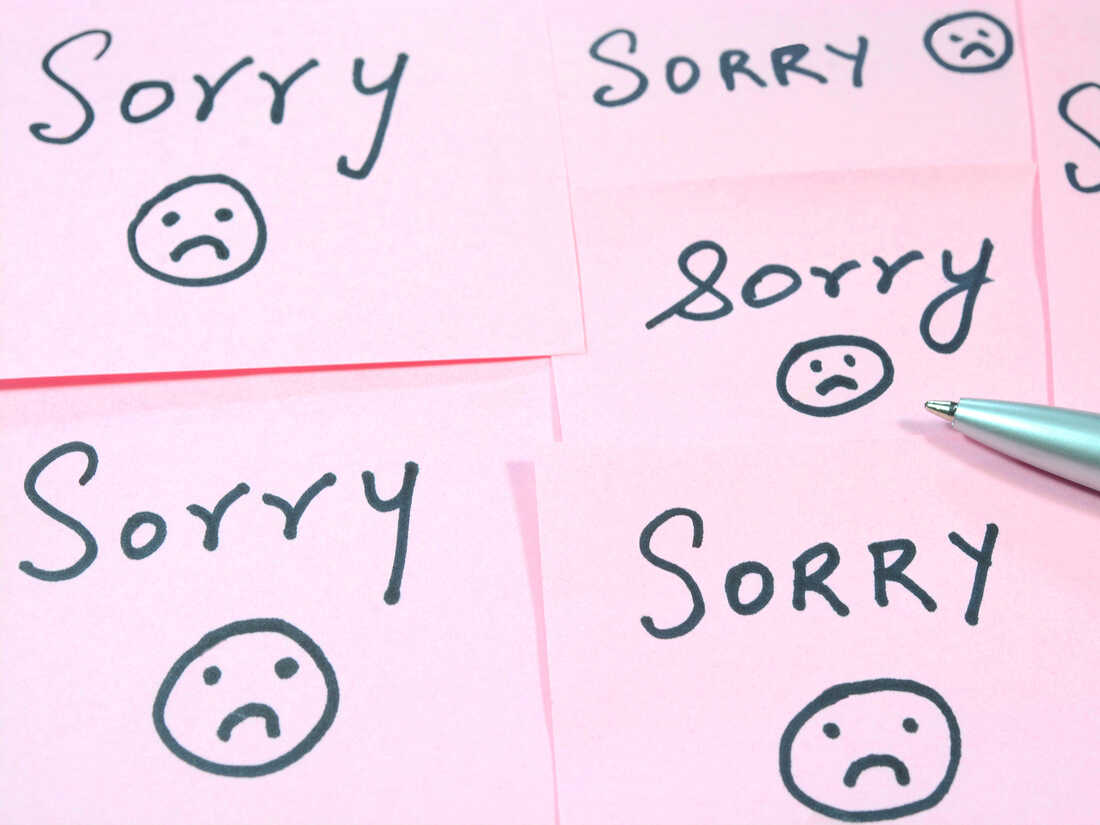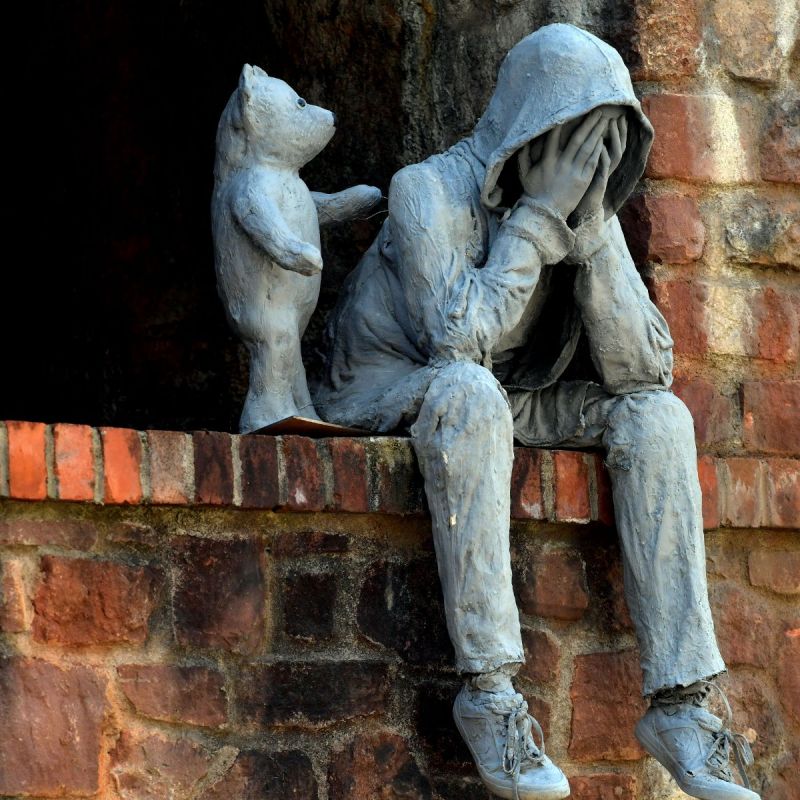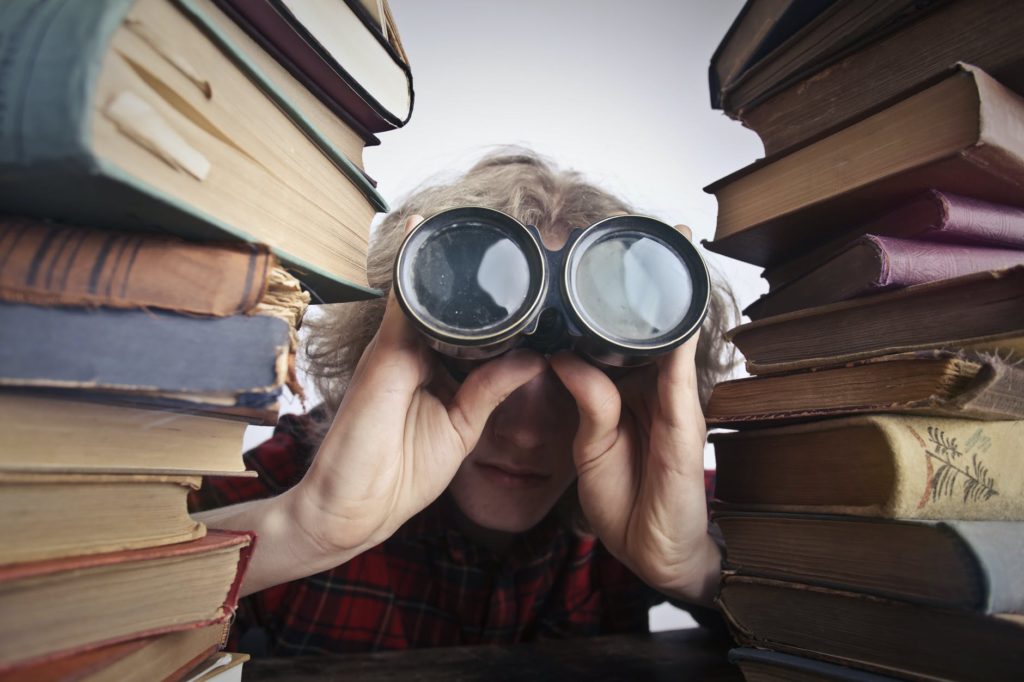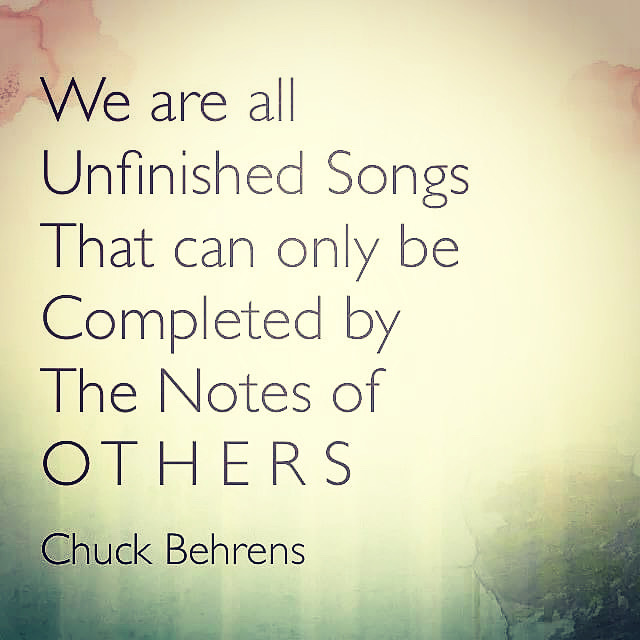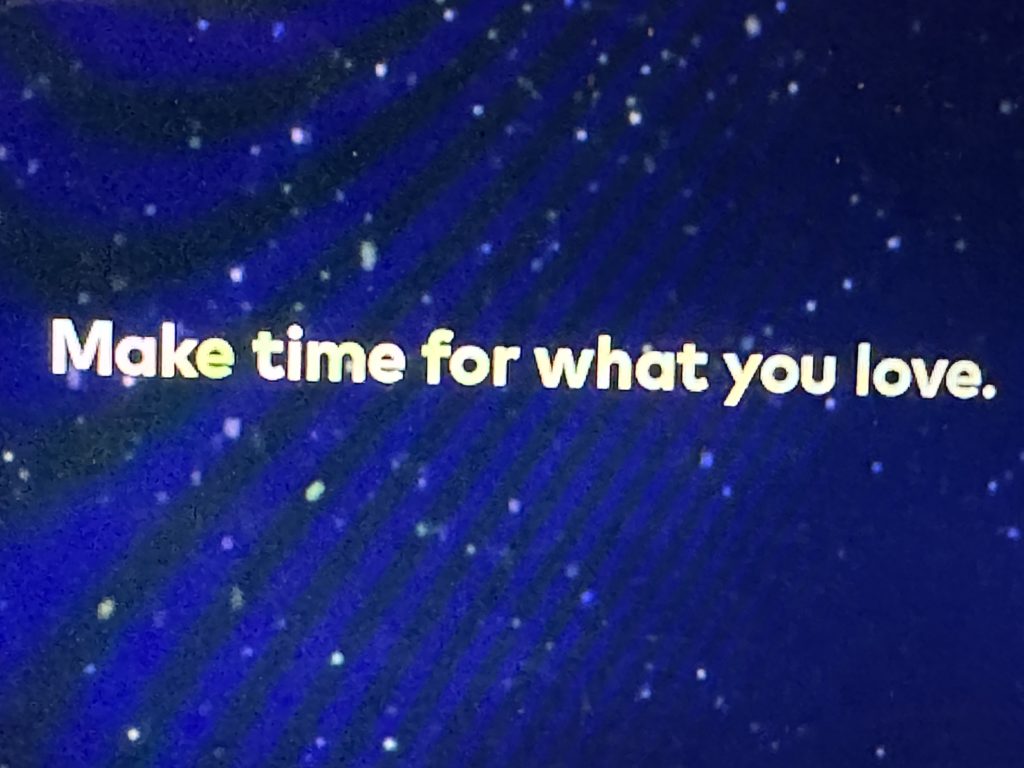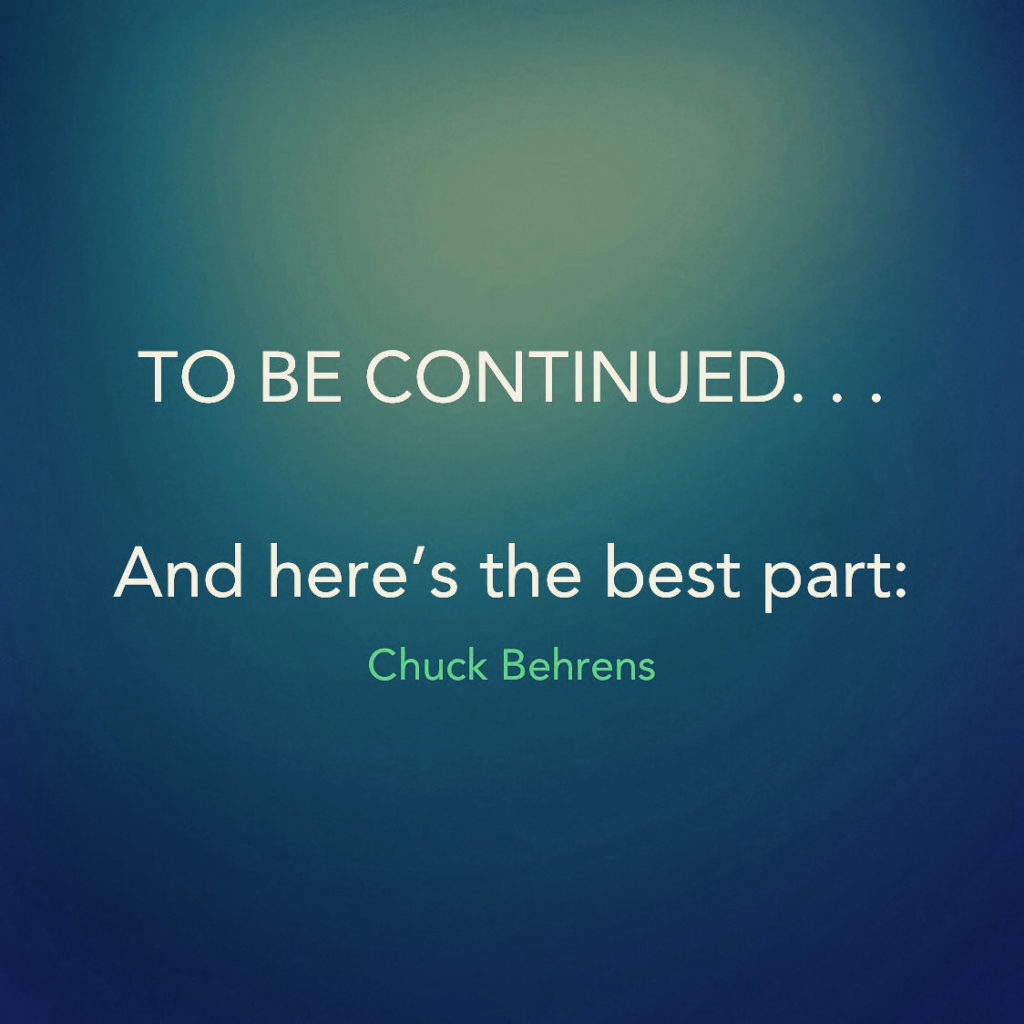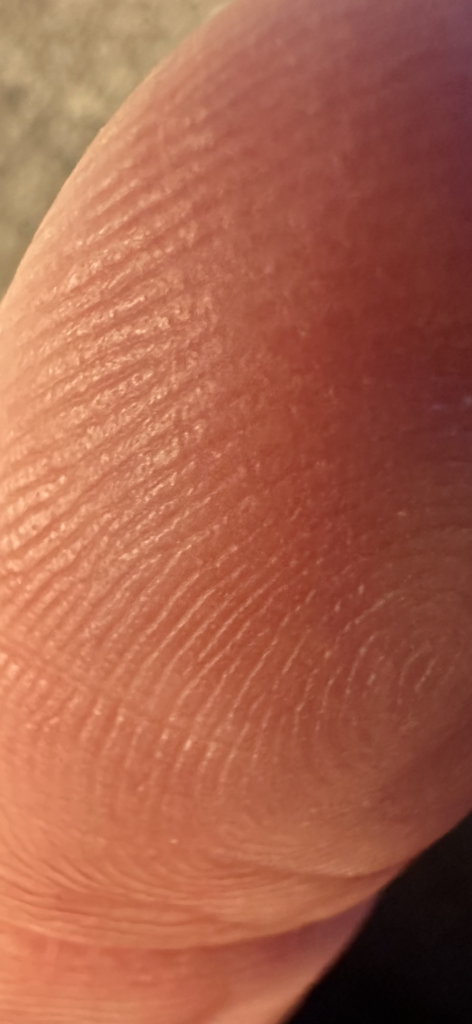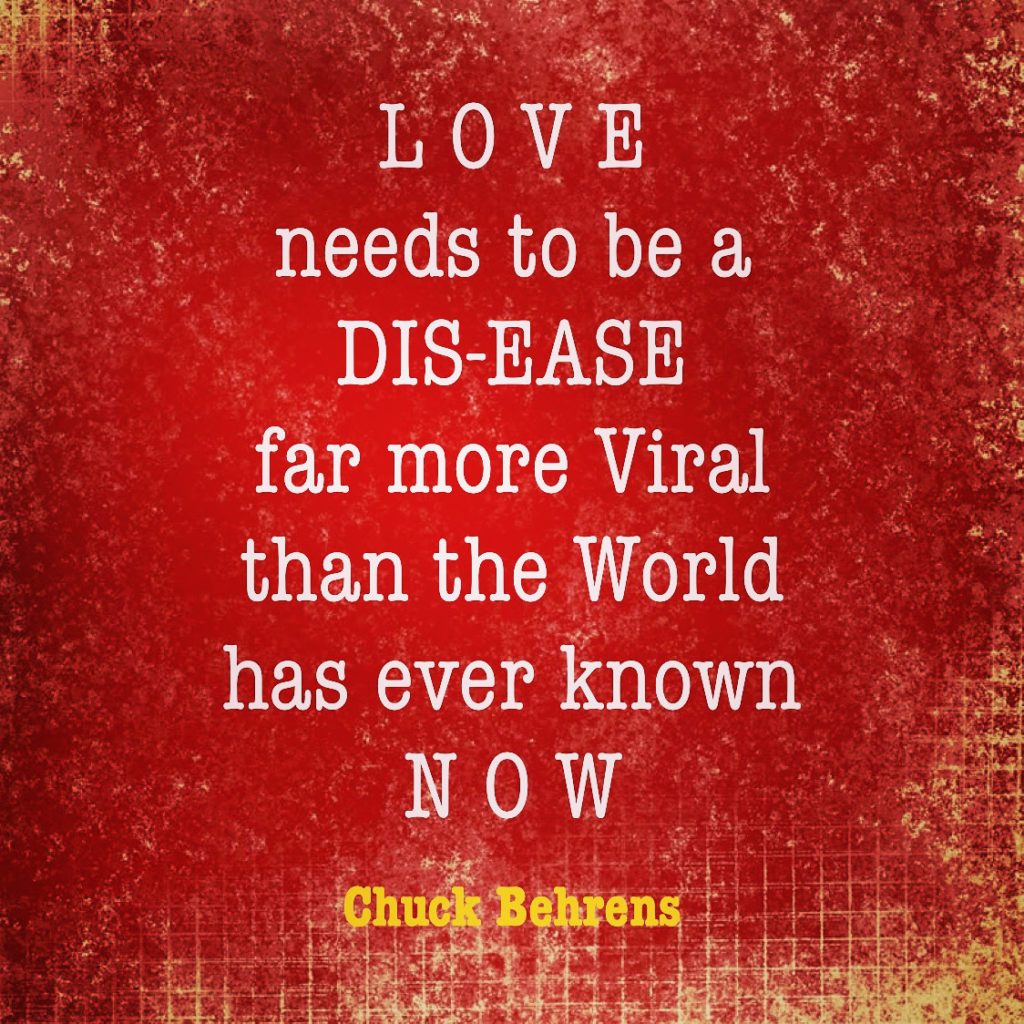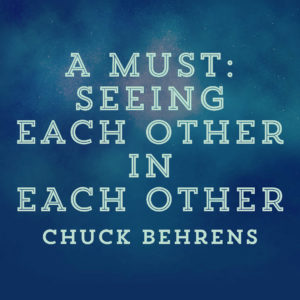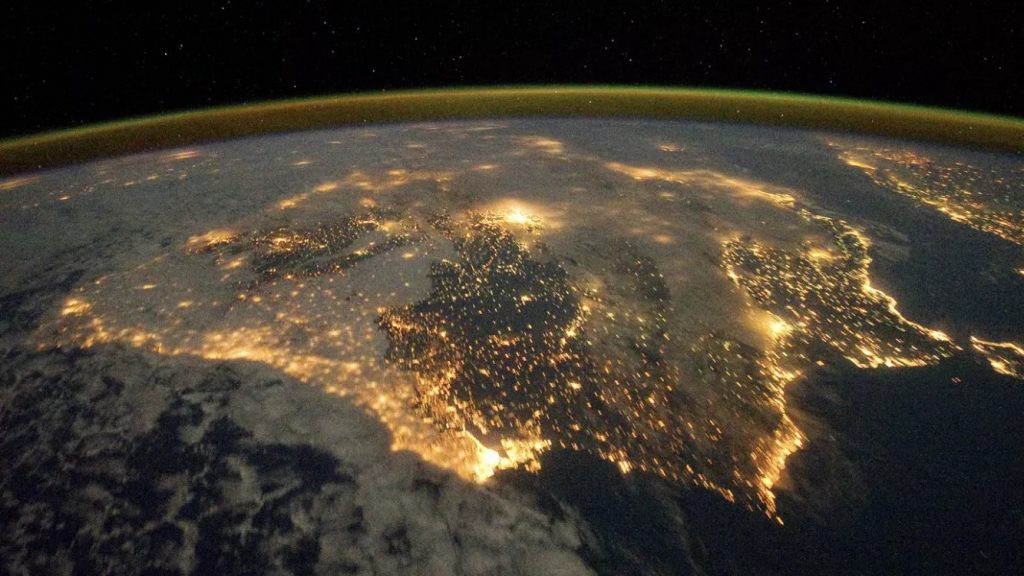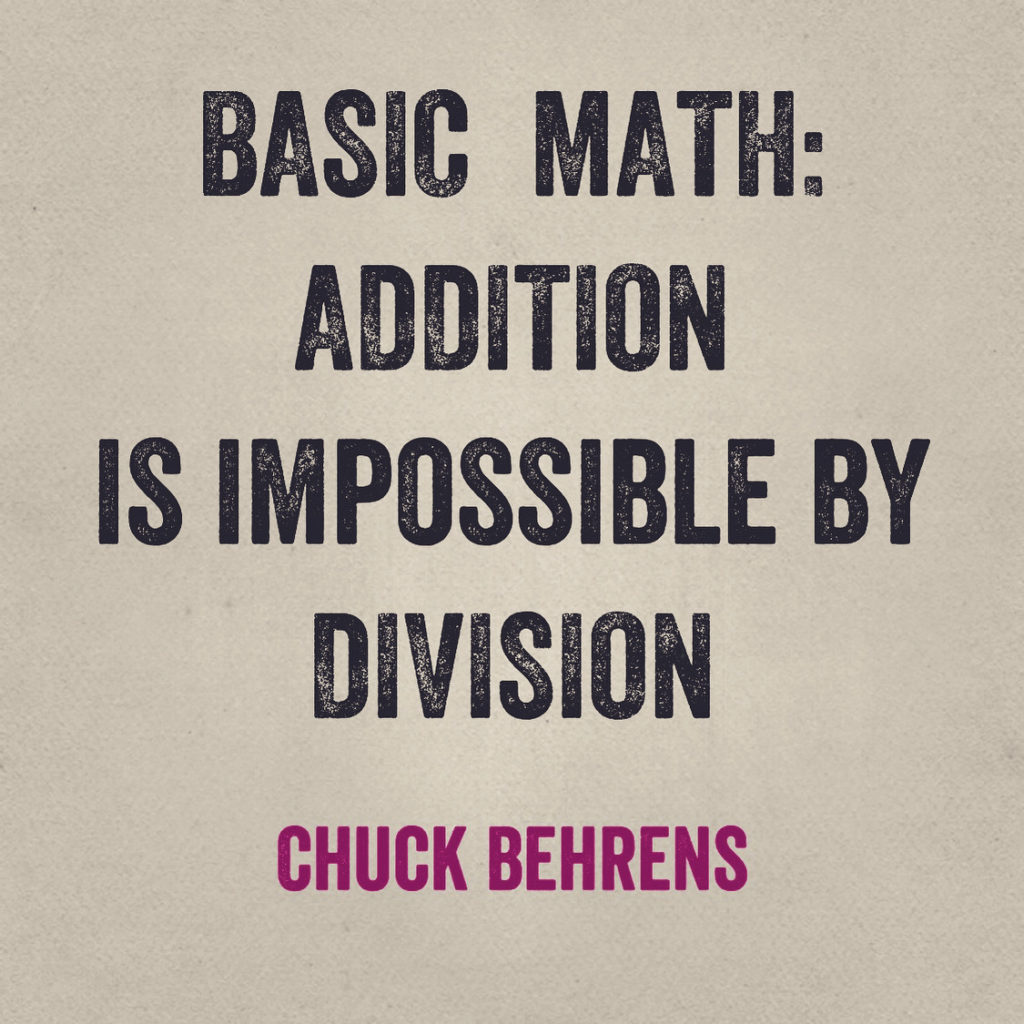This great David Pomeranz song first came out in the early 90’s and the video was stunning as it morphed from face to face to illustrate that IT IS IN EVERY ONE OF US and now this is a new version that tries to tell us what we know, what we know that we know, what we bet our lives that we know and yet. . .for the life of us, don’t act like we KNOW at all. . . or maybe even more importantly KNOW:
The Way of Love
To love without conditions,
when others withhold love.
To refrain from judgment,
when others are judging.
To speak kindly, when
others speak with hostility.
To be open and trusting,
when others are fearful.
To be generous and giving,
when others are selfish.
To share joy and gratitude,
when others are sharing anger.
To be as simple as a child,
at peace with the Universe.
This is the way of love.
IT’S IN EVERY ONE OF US
and it’s long past time
to
S H O W
I T

